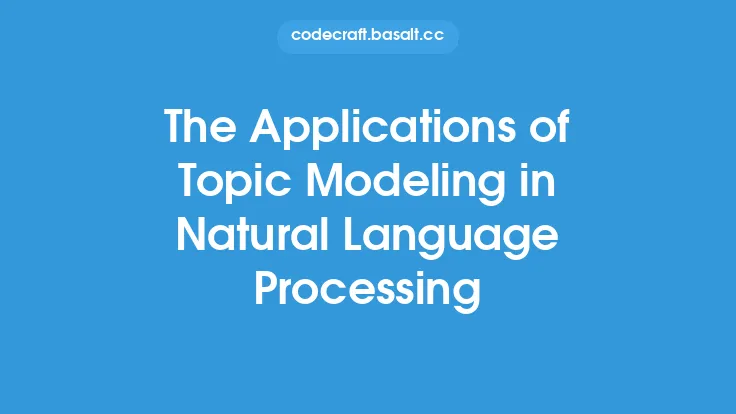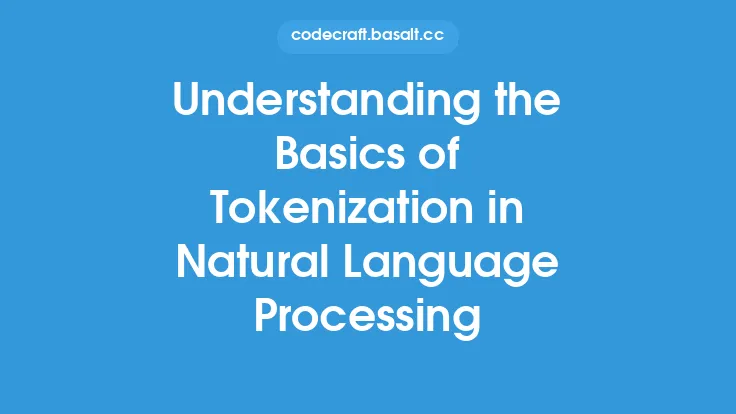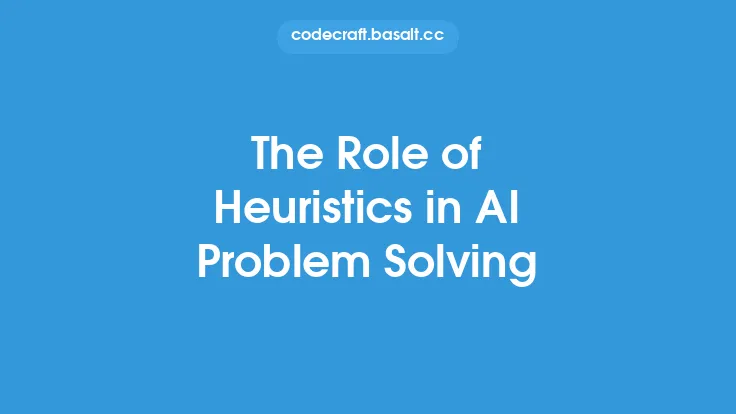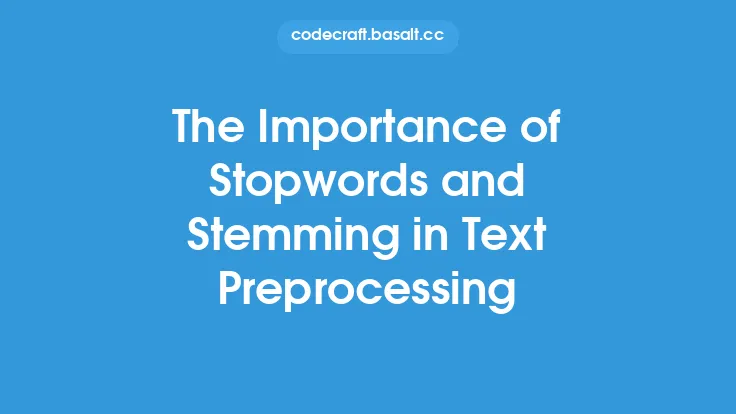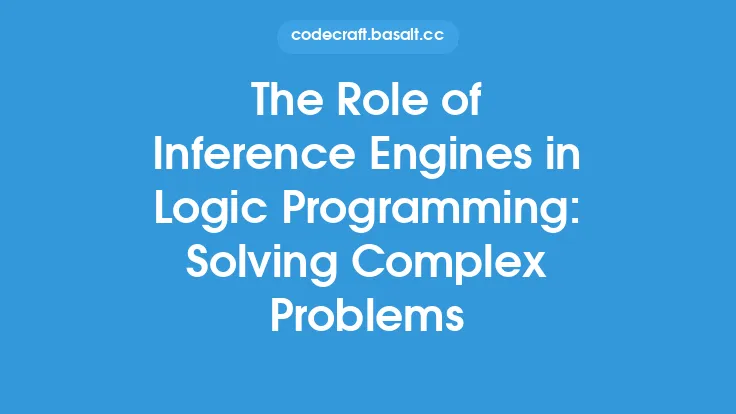Sentiment analysis is a crucial aspect of natural language processing (NLP) that involves determining the emotional tone or attitude conveyed by a piece of text, such as a sentence, paragraph, or entire document. This technique is used to analyze and understand the opinions, emotions, and sentiments expressed by individuals, groups, or organizations through their language. Sentiment analysis has numerous applications in various fields, including marketing, customer service, social media monitoring, and political analysis.
Introduction to Sentiment Analysis
Sentiment analysis is a type of NLP task that focuses on identifying the sentiment or emotional tone of a given text. It involves analyzing the language used to express opinions, emotions, or attitudes towards a particular topic, product, service, or entity. The goal of sentiment analysis is to determine whether the sentiment expressed is positive, negative, or neutral. This can be achieved through various techniques, including machine learning algorithms, rule-based approaches, and hybrid methods.
Types of Sentiment Analysis
There are several types of sentiment analysis, including:
- Binary sentiment analysis: This involves classifying text as either positive or negative.
- Multi-class sentiment analysis: This involves classifying text into multiple categories, such as positive, negative, and neutral.
- Regression-based sentiment analysis: This involves predicting a continuous sentiment score, such as a rating from 1 to 5.
- Aspect-based sentiment analysis: This involves identifying the specific aspects or features of a product or service that are being praised or criticized.
Techniques Used in Sentiment Analysis
Several techniques are used in sentiment analysis, including:
- Machine learning algorithms: These include supervised learning algorithms, such as support vector machines (SVMs), random forests, and neural networks, which can be trained on labeled datasets to learn patterns and relationships between language features and sentiment.
- Rule-based approaches: These involve using predefined rules and dictionaries to identify sentiment-bearing words and phrases.
- Hybrid methods: These combine machine learning algorithms with rule-based approaches to leverage the strengths of both techniques.
Challenges in Sentiment Analysis
Sentiment analysis is a challenging task due to several reasons, including:
- Ambiguity and uncertainty: Language can be ambiguous, and sentiment can be uncertain or context-dependent.
- Sarcasm and irony: Sarcasm and irony can be difficult to detect, as they often involve using language that is opposite of the intended meaning.
- Domain adaptation: Sentiment analysis models may not generalize well across domains or topics, requiring domain-specific training data and models.
- Language variability: Language can vary significantly across cultures, regions, and individuals, making it challenging to develop models that are robust and accurate.
Applications of Sentiment Analysis
Sentiment analysis has numerous applications in various fields, including:
- Marketing and customer service: Sentiment analysis can be used to analyze customer feedback, reviews, and social media posts to understand customer opinions and preferences.
- Social media monitoring: Sentiment analysis can be used to track brand reputation, monitor social media conversations, and identify trends and patterns.
- Political analysis: Sentiment analysis can be used to analyze public opinion, track political trends, and predict election outcomes.
- Product development: Sentiment analysis can be used to analyze customer feedback and reviews to identify areas for improvement and optimize product development.
Evaluation Metrics for Sentiment Analysis
The performance of sentiment analysis models is typically evaluated using metrics such as:
- Accuracy: The proportion of correctly classified instances.
- Precision: The proportion of true positives among all predicted positive instances.
- Recall: The proportion of true positives among all actual positive instances.
- F1-score: The harmonic mean of precision and recall.
- Mean squared error: The average squared difference between predicted and actual sentiment scores.
Future Directions in Sentiment Analysis
The field of sentiment analysis is rapidly evolving, with several future directions, including:
- Deep learning models: The use of deep learning models, such as recurrent neural networks (RNNs) and convolutional neural networks (CNNs), to improve the accuracy and robustness of sentiment analysis models.
- Multimodal sentiment analysis: The analysis of sentiment in multimodal data, such as text, images, and videos.
- Explainable sentiment analysis: The development of models that provide insights into the decision-making process and the factors that influence sentiment analysis predictions.
- Real-time sentiment analysis: The development of models that can analyze sentiment in real-time, enabling applications such as live sentiment tracking and feedback systems.
